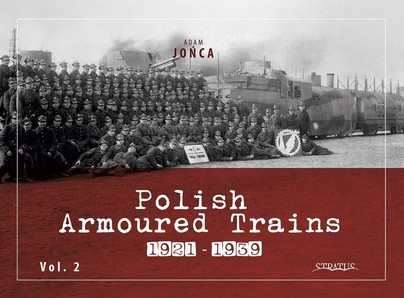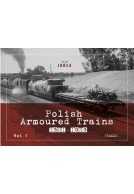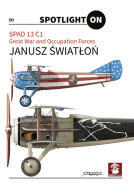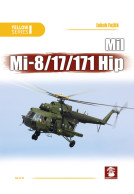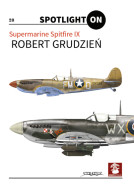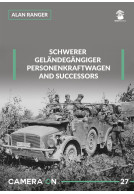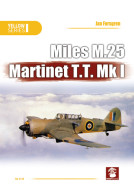Polish Armoured Trains 1921-1939 vol. 2 (Paperback)
Pages: 124
Illustrations: B&W photos, Colour drawings
ISBN: 9788367227360
Published: 20th September 2023
(click here for international delivery rates)
Order within the next 4 hours, 57 minutes to get your order processed the next working day!
Need a currency converter? Check XE.com for live rates
Book extensively covers the history of armored trains used by the Polish army from the end of the Soviet war to the conclusion of the 1939 campaign. It delves into the history, organization, and equipment of each individual composition in great detail. Adam Jońca, an undisputed expert on the subject, considers this book, Polish Armored Trains 1921-1939, to be particularly close to his interests. Readers can expect to gain a comprehensive understanding of the subject matter from this well-researched and informative book.Vol. 2 covers:BASE LOCATIONS1st ARMOURED TRAIN GROUP
This one tackles the various Base Locations, along with details of the 1st Armoured Train Group in the period 1930-1939. This includes bases and training grounds, and the detailed make up of armoured trains numbers 11 through 15, including their administrative elements. There is also the Independent Draizine platoon. Throughout there are detailed descriptions along with artwork of the maps, unit banners and many of the individual armoured wagons, artillery cars and engines, most of which have some interesting/attractive multi-colour camouflage patterns which I think might tempt plenty of modellers. There are a host of marvellous archive photos throughout the book, and these include both interior and exterior details. Each train has its' history described, actions they took part in, and their eventual fates.
Military Model Scene
Coupled with volume 1 these books present us with what is clearly a long term fascination for the author in tracking down all the detail, fantastic archive images, whose captions all add to the narrative plus the collection of neatly done artwork for the variety of flat cars, engines, artillery and infantry wagons while the draizines I find fascinating in their own right. Model railway enthusiasts as well as 'static' modellers could easily get pulled down this unusual 'rabbit hole' and perhaps start a new themed collection. I eagerly await seeing what awaits us in volume 3, the final part of this trilogy.







